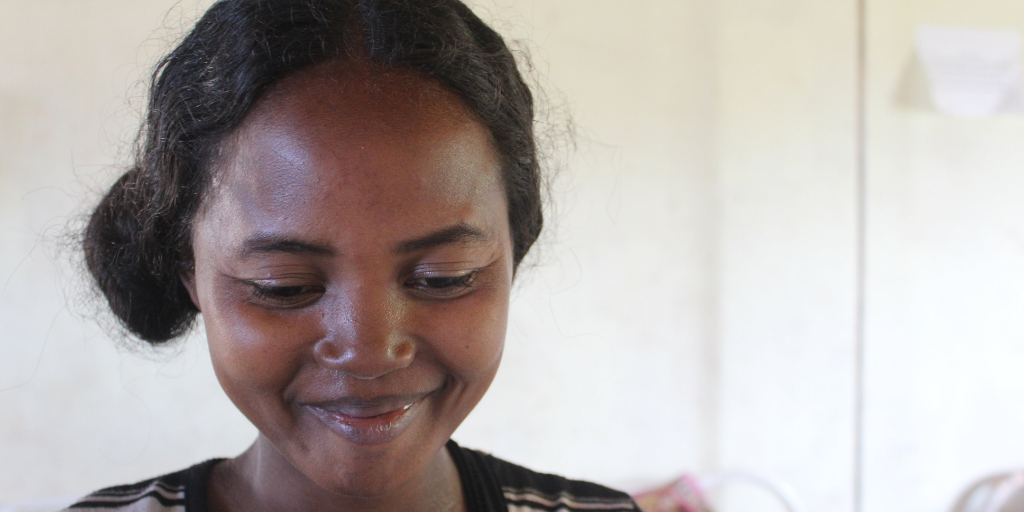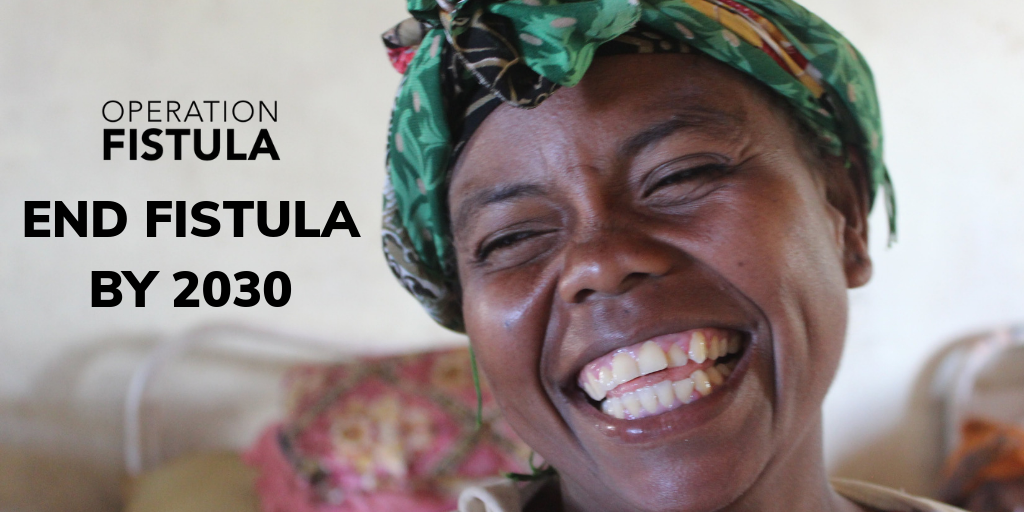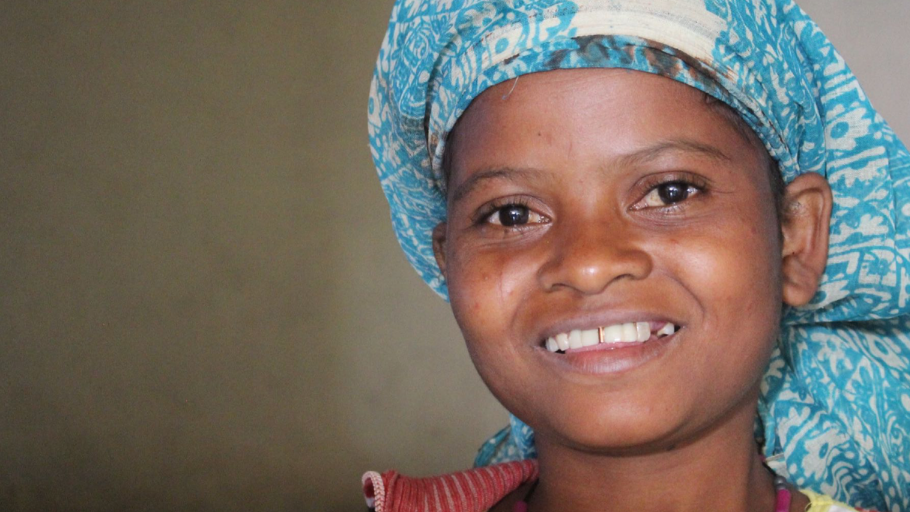For as long as women have been giving birth, there have been risks to both mother and baby.
In places where a safe, medically supervised delivery room is many miles, or even days away, one of those risks is obstructed labor. Without a C-section, many women will die. Their babies will die too.
If a woman somehow survives after days of obstructed labor, she may experience a death of a different sort: tissue death. The pressure of the baby’s head during this elongated labor period will cause a hole to develop between the bladder and birth canal, and the woman will be left with no way to control the urine which now flows ceaselessly from her.
She will smell. She will feel ashamed. She will face community rejection and ostracization. And she will often not have the education to recognize that she has a medical problem, with a medical solution.
This is obstetric fistula.
Today, is the International Day to End Obstetric Fistula. On this day, the global community comes together to reaffirm their commitment to end the horror of fistula.
A lack of awareness of obstetric fistula is a significant part of the problem we face in our work to end it. Many have never heard of obstetric fistula, and as a result, this preventable and solvable public health issue neither receives the attention, nor the resources it deserves. This is one of the reasons why the International Day to End Obstetric Fistula is so critically important. This day gives the global community an opportunity to raise awareness and share news of the good work being done to end obstetric fistula.
The fact that obstetric fistula persists in the 21st Century is shameful. Obstetric fistula was almost totally eliminated from high-income countries over 100 years ago because systems were put in place to enable women to access the prenatal obstetric care they needed. The persistence of obstetric fistula today, in Sub-Saharan Africa and South Asia, is primarily due to gender inequality, and a systemic failure to meet the needs of women and girls.
This is why Operation Fistula describes obstetric fistula as the worst thing you’ve never heard of, and it’s why we’re so dedicated to our mission to end fistula for every woman, everywhere.

At Operation Fistula we’re working to do this through three programs:
Fund Patient Care – In this work, we deliver individual, performance-based funding to under-resourced surgeons and clinical settings so that we can support them in their work to end fistula. This program helps to solve the problem of funding not reaching the people that need it.
GOFAR together – GOFAR stands for the Global Obstetric Fistula Automated Registry. The inspiration for the name of the tool is the proverb: “if you want to go fast, go alone. If you want to go far, go together.” GOFAR is a data management system that enables the collection and analysis of data from remote environments. This tool gives us the capacity to provide our partners with unprecedented insight into the incidence, distribution, and management of obstetric fistula. The tool is also built to encourage shared measurement, and collaboration. Insights from GOFAR help to ensure that resources and interventions are more effectively directed, and extends the sector’s capacity for collective impact.
Map Vulnerability – In this program, we are using fistula, data visualization, and predictive analytics to highlight systemic failure, inequity, and inequality. We believe that obstetric fistula is an indicator of such an extreme state of vulnerability that its prevalence can map a much broader spectrum of inequities and vulnerabilities. In this program, we are working to mobilize a community of practice to share their data and work on other vulnerabilities that primarily impact women and girls. We intend to reach out to maternal health providers, government agencies, and NGOs working on FGM, child marriage, lack of access to education for women and girls, lack of access to healthcare – the list, very sadly, goes on. In this program, we seek to ignite an evidence-based, data-driven movement, to address the systems that perpetuate the injustices and inequalities that the world’s most vulnerable women and girls face daily.
2019 is on track to be a great year in the work to end fistula. In December, 2018 the UN General Assembly adopted a new resolution entitled, “Intensification of efforts to end obstetric fistula.” This resolution serves as a global reaffirmation of the work to end fistula, and is both inspiring and momentous. But affirmations must be followed with action. More than ever, the global community working to end fistula needs to unite. We must mobilize greater sector-wide collaboration and resourcing, if we are to reach our goal.
On this day – International Day to End Obstetric Fistula – it is imperative that all of us remember the everyday suffering of more than 1 million women and girls, and ensure that global commitments and affirmations are matched by action to end obstetric fistula for every woman everywhere.

Join us! We are always looking for new partners. Please reach out if you can help us achieve our mission!
